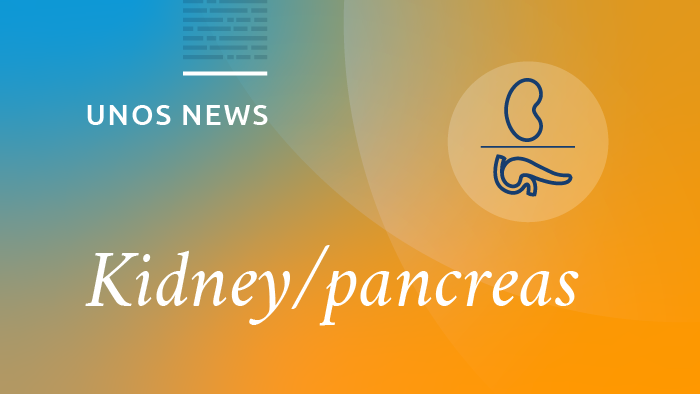On May 27, 2020, we updated the reference population used to calculate a donor’s kidney donor profile index, or KDPI. The reference population now consists of all deceased kidney donors recovered for the purpose of transplantation in 2019 in the United States.
Donor population generally changes only slightly from year to year, so the impact of this update on the KDPI calculation is small. We update the KDPI reference population by June 1 of each year, as required by Organ Procurement and Transplantation Network policy.
We also updated the reference table for converting raw estimate post-transplant survival, or EPTS, to a percentage. The reference population now consists of all adult kidney candidates on the waiting list on December 31, 2019.
Updated KDPI calculator and EPTS calculator reference documents and guides are available on the OPTN website.
Background
We added the KDPI to DonorNet® in 2012. The KDPI maps the kidney donor risk index, or KDRI, onto a percentage scale, ranging from 0 to 100 percent. Lower KDPI values are associated with donors of higher estimated quality, and higher KDPI values are associated with donors of lower estimated quality. The KDPI helps transplant programs evaluate offers and make better, more informed decisions about which offers to accept. It is also used in the revised kidney allocation system, implemented in 2014.
The EPTS score is assigned to all adult kidney candidates on the waiting list and is based on several factors. A candidate’s EPTS score can range from 0 to 100 percent. Candidates with EPTS scores of 20 percent or less will receive offers for kidneys from donors with similar KDPI scores before other candidates at the local, regional, and national levels of distribution. The EPTS score is not used in kidney allocation from donors with KDPI scores greater than 20 percent.

